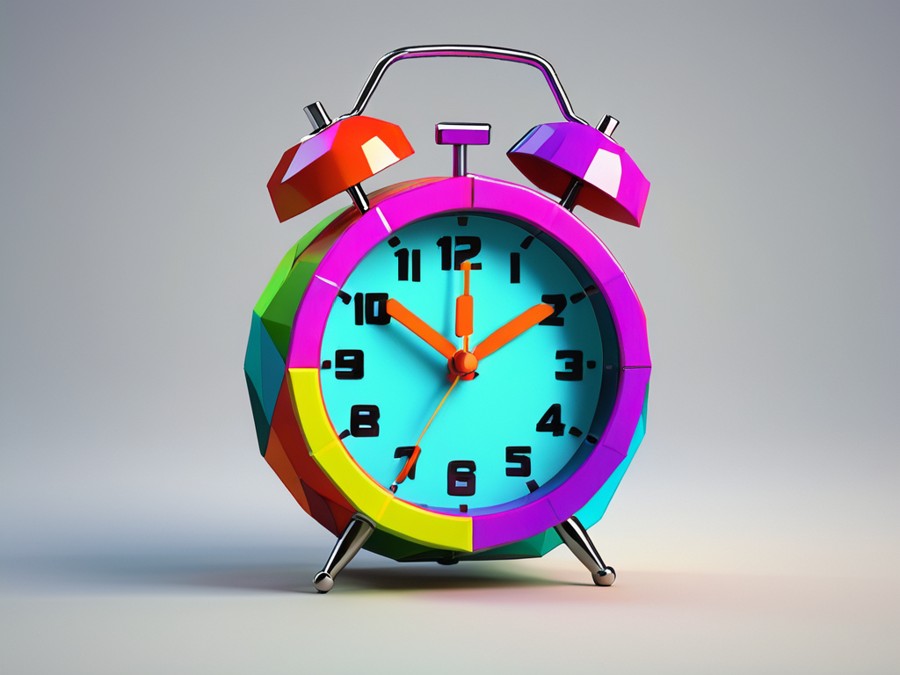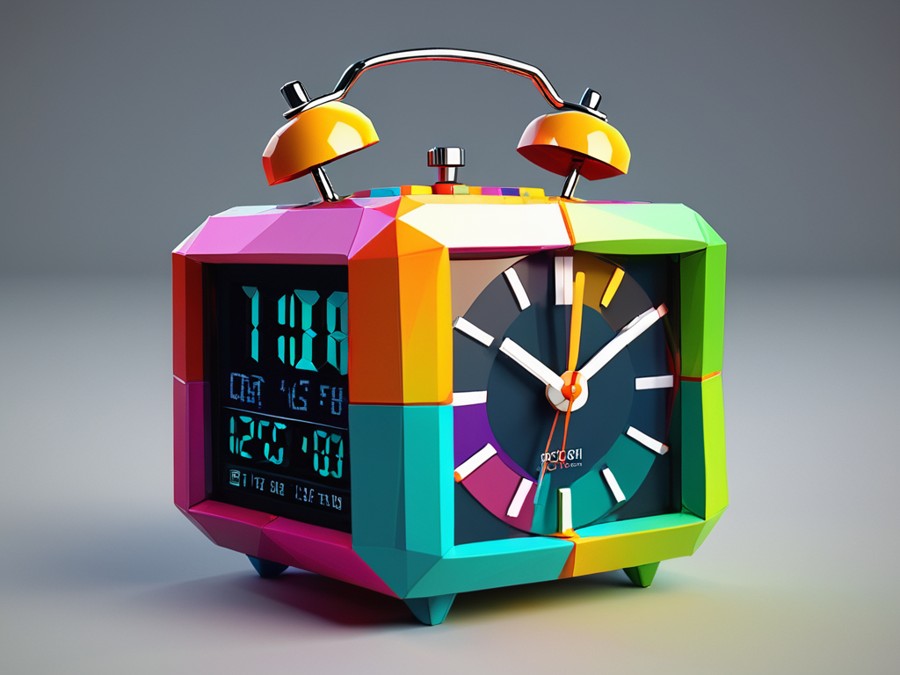· Ashley Anderson · men's health · 5 min read
When Will I Sleep Well Again? Managing Sleep Apnea After 40
This article contains affiliate links, which means that if you click on one of the product links and make a purchase, we may receive a small commission at no additional cost to you. We only recommend products and services that we believe in and think will add value to our readers.
Discover how to manage sleep apnea after 40 and improve your sleep quality. Learn about CPAP therapy, hose holders, and other strategies to help you sleep well again.

Sleep apnea is a common yet often overlooked health issue that affects many men over 40. It’s more than just snoring; it can lead to serious health problems if left untreated. But the question remains: when will you sleep well again? This article delves into the challenges of managing sleep apnea after 40, offering practical solutions and insights to help you reclaim your nights.
The Silent Struggle: Understanding Sleep Apnea
Sleep apnea is a condition where your breathing repeatedly stops and starts. It’s not just about the snoring; it’s about the quality of your sleep and how it affects your overall health. For men over 40, this condition can be particularly troublesome due to changes in hormone levels and increased risk factors.
The Impact on Men’s Health
Sleep apnea doesn’t just disrupt your sleep; it can also lead to high blood pressure, heart disease, and type 2 diabetes. According to the American Heart Association, men with sleep apnea are at a higher risk for these conditions. It’s crucial to address this issue not just for better sleep but also for your long-term health.
Managing Sleep Apnea: The Challenges
Managing sleep apnea can be a complex process. It often involves using a CPAP (Continuous Positive Airway Pressure) machine, which can be uncomfortable and cumbersome. The hose from the CPAP machine can get tangled, crushed, or misplaced, leading to discomfort and ineffective treatment.
Personal Experience with CPAP Machines
I remember the first time I used a CPAP machine. The hose would often get in the way, and I’d wake up to find it tangled around my body. It was frustrating and made me question the effectiveness of the treatment. But then I discovered a product that changed everything: the 2PCS CPAP Hose Holder - CPAP Mask Hook with Anti-Unhook Feature Hose Organizer.

How It Works and Why It’s Effective
This hose holder is designed to keep your CPAP hose organized and within easy reach. It comes with anti-unhook features that prevent the hose from slipping off, ensuring a smooth and uninterrupted sleep experience. The product is easy to install using the included picture hanging strips, making it a hassle-free solution.
Where to Buy the Product
You can purchase this game-changing product from Amazon.
Pros and Cons of the CPAP Hose Holder
Pros:
- Keeps the hose organized and tangle-free.
- Prevents the hose from slipping off with anti-unhook features.
- Easy to install with picture hanging strips.
Cons:
- May not be suitable for all types of walls.
- The design might not appeal to everyone.
- Requires some initial setup time.
Who Benefits from This Product?
Anyone using a CPAP machine can benefit from this product. It’s particularly useful for men over 40 who are dealing with sleep apnea and want a more organized and comfortable sleeping environment.
Scenarios Where This Product Shines
- Small Bedrooms: If you have a small bedroom, the hose holder can keep your space clutter-free by organizing the CPAP hose.
- Shared Bedrooms: For those who share a bedroom, the holder ensures that the hose doesn’t get in the way of your partner.
- Traveling: If you travel frequently, this product can be easily installed in hotel rooms to maintain the same level of comfort as at home.
Step-by-Step Instructions for Using the CPAP Hose Holder
- Preparation: Gather your CPAP hose, the hose holder, and the picture hanging strips.
- Installation: Peel off the backing of the picture hanging strips and attach them to the wall where you want the holder.
- Attach the Holder: Press the hose holder onto the wall, ensuring it’s securely attached.
- Hang the Hose: Place your CPAP hose on the holder, making sure it’s secure and won’t slip off.
- Test: Gently tug on the hose to ensure it’s securely in place and won’t come off during the night.
Quick Takeaways
- Sleep apnea is a serious health issue that affects many men over 40.
- Using a CPAP machine can be challenging without proper organization of the hose.
- The 2PCS CPAP Hose Holder helps keep the hose organized and prevents it from slipping off.
- This product is easy to install and can significantly improve your sleep experience with a CPAP machine.
- Addressing sleep apnea is crucial for maintaining overall health and well-being.
Conclusion: Taking Control of Your Sleep
Managing sleep apnea after 40 is a journey that requires the right tools and mindset. The 2PCS CPAP Hose Holder is a simple yet effective solution that can make a world of difference in your sleep quality. Don’t let sleep apnea control your nights; take action today to reclaim your restful sleep.
FAQs
Q: What are the common symptoms of sleep apnea? A: Common symptoms include loud snoring, waking up abruptly, morning headaches, and excessive daytime sleepiness.
Q: How does sleep apnea affect men over 40? A: Men over 40 are at a higher risk for sleep apnea due to hormonal changes and increased risk factors. It can lead to serious health issues if left untreated.
Q: What is the best way to manage sleep apnea? A: Using a CPAP machine along with organizational tools like the 2PCS CPAP Hose Holder can significantly improve your sleep experience.
Q: Can sleep apnea be cured? A: While there is no cure for sleep apnea, it can be effectively managed with the right treatment and lifestyle changes.
Q: How does sleep apnea affect overall health? A: Sleep apnea can lead to high blood pressure, heart disease, and type 2 diabetes if left untreated. It’s crucial to address this condition for overall health and well-being.
When Will I Sleep Well Again?
Share your experiences and tips for managing sleep apnea in the comments below. Let’s help each other find better nights and healthier days!




